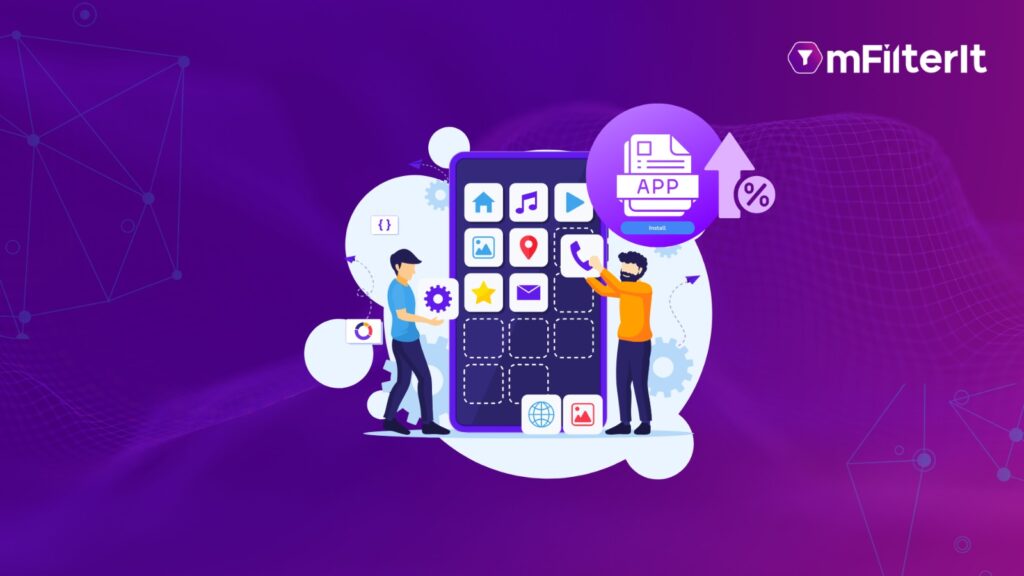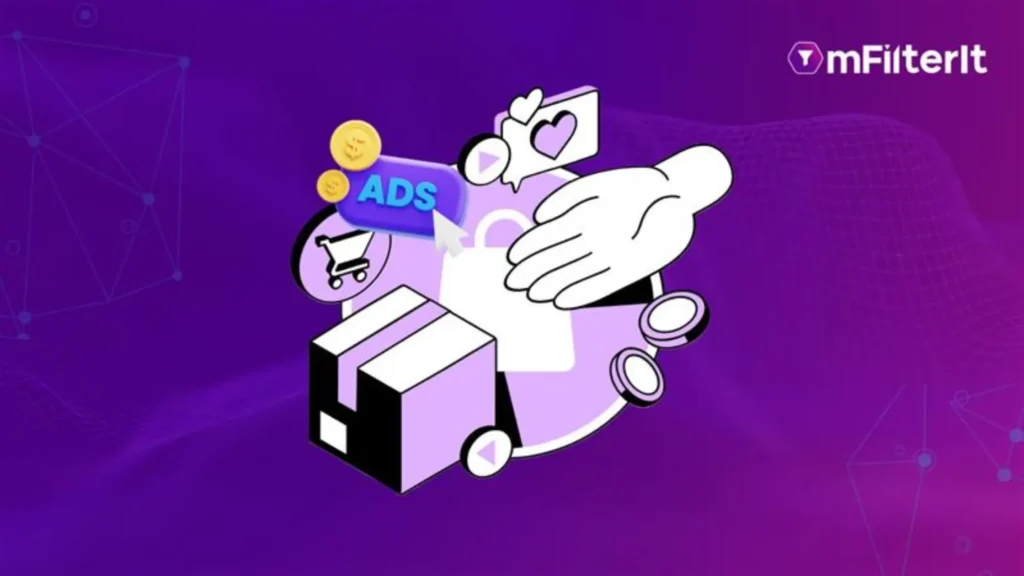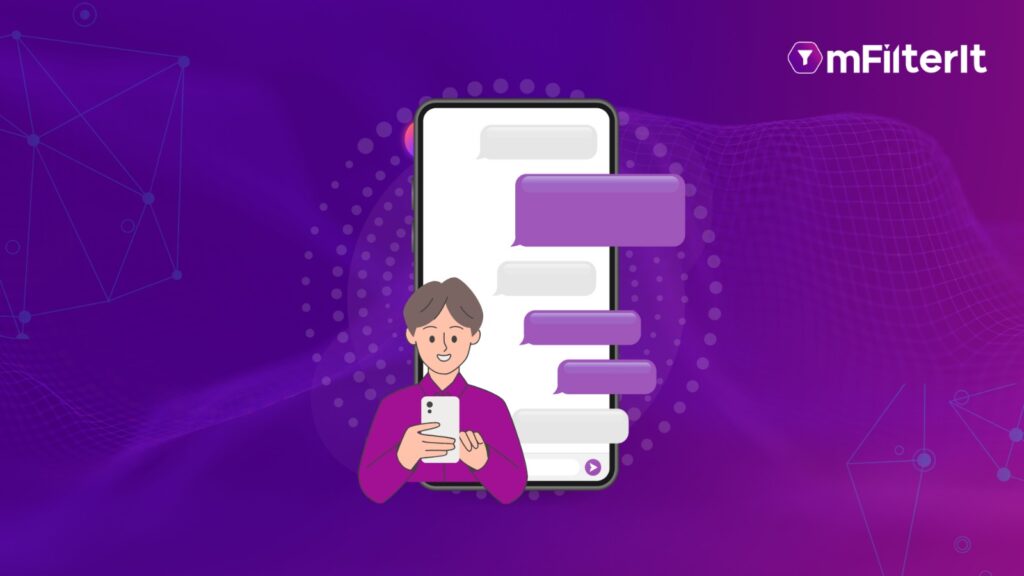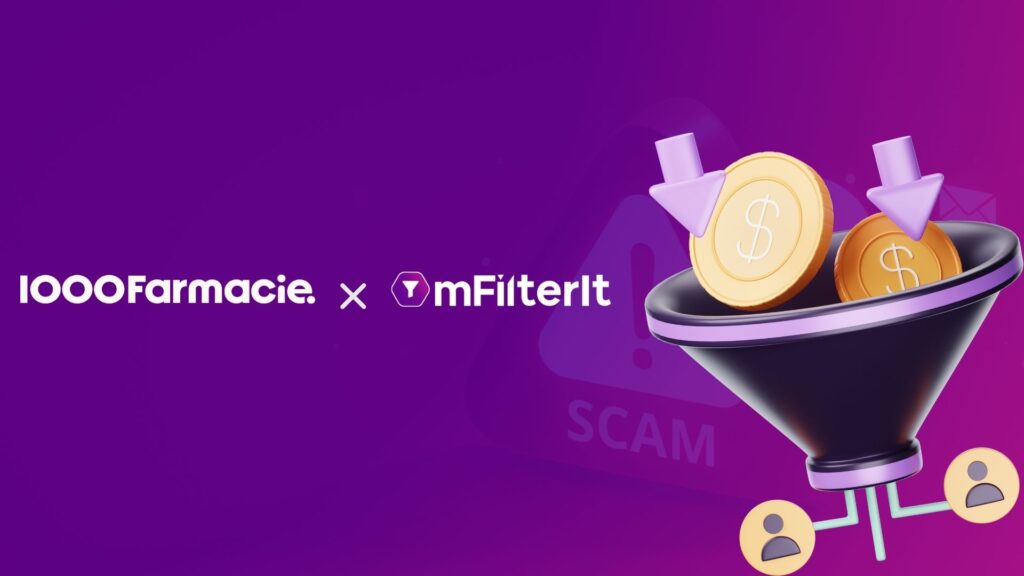Ad Traffic Validation

Ever celebrated a spike in installs, only to realize no one’s using your app? You’re.......

Would you pay twice for the same customer? Many brands do—without knowing. Every time your.......

Imagine that you onboard affiliates to market your newly launched app. They commit performance, and.......

The dashboard says ROAS is up. Conversions are climbing. The team’s celebrating. But beneath the.......

The Indian Premier League (IPL) continues to shatter records, not just on the field but.......

If you are selling products or services online in the US, there’s a good chance.......




